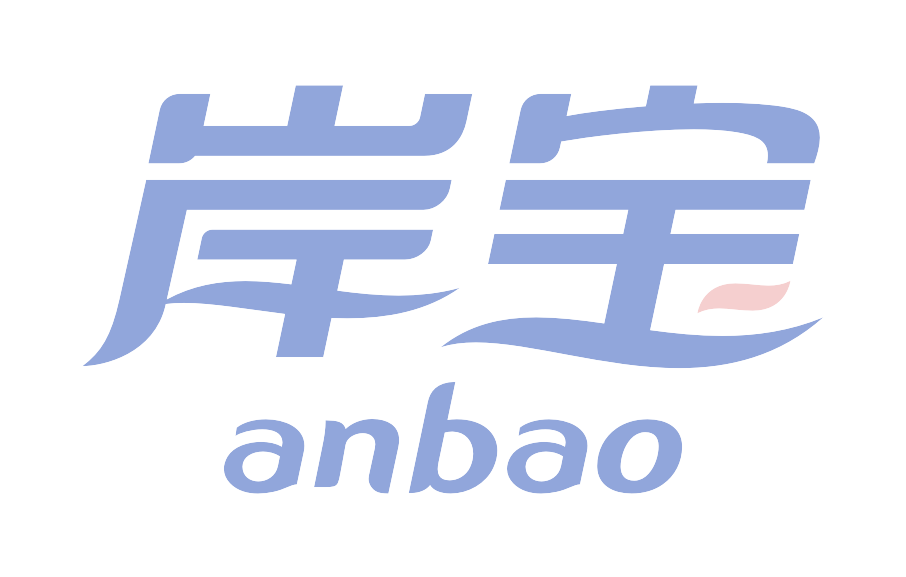
Can You Put Boiling Water in a Paper Bowl? Exploring the Science and Practicality of Heat-Resistant Paper Containers
The question of whether a paper bowl can safely hold boiling water may seem straightforward, but it touches on complex scientific principles, material engineering, and environmental considerations. This essay examines the thermal properties of paper, the role of coatings and reinforcements, and the practical applications of heat-resistant paper bowls. By analyzing these factors, we uncover the conditions under which paper containers can withstand extreme temperatures and their implications for industries like food service and packaging.
1. The Thermal Limitations of Paper
At first glance, paper appears ill-suited for containing boiling water. Traditional paper, made from cellulose fibers, has a relatively low ignition temperature of approximately 233°C (451°F). Boiling water, at 100°C (212°F), is well below this threshold, but direct exposure to high heat can still compromise the integrity of unmodified paper.
Cellulose fibers are organic and porous, allowing heat to conduct rapidly. When paper comes into contact with boiling water, the fibers absorb moisture, causing them to swell and weaken. Over time, this can lead to structural failure, such as leaks or collapse. Additionally, prolonged exposure to steam or hot liquids may accelerate the breakdown of paper fibers, further reducing durability.
However, advancements in materials science have transformed paper into a viable option for high-temperature applications. Modern heat-resistant paper bowls are engineered with coatings and reinforcements that mitigate these limitations.
2. The Role of Coatings and Laminations
To enable paper bowls to hold boiling water, manufacturers apply specialized coatings or laminations that act as barriers against heat and moisture. The most common materials used are:
a. Polyethylene (PE) Coatings
PE is a petroleum-based plastic widely used to waterproof paper products. When applied as a thin layer (typically 15–30 microns), PE creates a seamless barrier that prevents water absorption. However, PE has a melting point of around 120°C (248°F), which is only slightly above the boiling point of water. While this allows PE-coated paper bowls to withstand short-term exposure to boiling water, prolonged use or repeated heating can cause the coating to soften or deform.
b. Polylactic Acid (PLA) Coatings
PLA, a biodegradable alternative derived from renewable resources like corn starch, has gained popularity due to its eco-friendly properties. PLA has a higher melting point than PE (150–160°C or 302–320°F), making it more heat-resistant. PLA-coated paper bowls can safely hold boiling water for longer durations without deformation. However, PLA is brittle and may crack under mechanical stress, limiting its use in products requiring flexibility.
c. Aluminum Laminations
For extreme heat resistance, some paper bowls feature aluminum foil laminations. Aluminum has a melting point of 660°C (1,220°F), making it ideal for applications involving prolonged exposure to high temperatures. Aluminum-laminated paper bowls are commonly used in microwaveable meals or oven-safe packaging. However, aluminum adds significant cost and reduces recyclability, making it less sustainable than other options.
3. Structural Design and Reinforcements
Beyond coatings, the structural design of paper bowls plays a critical role in their heat resistance. Reinforcements like double walls, corrugated layers, or composite materials distribute heat more evenly and enhance mechanical strength.
a. Double-Walled Construction
Similar to double-walled cups, double-walled paper bowls create an insulating air gap between two layers of paper. This reduces heat transfer to the exterior, keeping the bowl cool to the touch while maintaining the temperature of the contents. The air gap also provides structural rigidity, preventing deformation under thermal stress.
b. Corrugated or Textured Surfaces
Corrugated paper, with its ridged interior, increases surface area and improves heat dissipation. Textured coatings or embossed patterns can also enhance grip and reduce condensation, improving user safety and comfort.
c. Composite Materials
Some paper bowls incorporate non-paper materials like fiberglass or synthetic fibers to reinforce strength. These composites can withstand higher temperatures and mechanical stress but may compromise biodegradability.
4. Practical Applications and Safety Considerations
While heat-resistant paper bowls are feasible, their performance depends on specific conditions:
a. Short-Term vs. Long-Term Use
Most commercial paper bowls are designed for single-use or short-term applications. For example, PE-coated bowls can hold boiling water for 15–20 minutes before the coating begins to soften. PLA-coated bowls offer slightly longer durability (20–30 minutes), while aluminum-laminated bowls can withstand continuous high heat for hours.
b. Altitude and Boiling Point
At higher altitudes, where atmospheric pressure is lower, water boils at temperatures below 100°C. This reduces the thermal stress on paper bowls, making them safer to use. Conversely, in pressure cookers or industrial settings where water can exceed 100°C, specialized coatings like aluminum or ceramic may be necessary.
c. User Behavior
Misuse, such as placing a paper bowl directly on an open flame or reusing it for multiple heating cycles, increases the risk of failure. Users must follow manufacturer guidelines to ensure safety.
5. Environmental Impact and Sustainability
The environmental footprint of heat-resistant paper bowls is a subject of debate. While paper is renewable and biodegradable, coatings like PE or PLA complicate recycling and composting processes.
a. PE-Coated Bowls
PE is non-biodegradable and requires energy-intensive recycling processes. When incinerated, PE releases greenhouse gases. However, some companies now use recycled PE coatings to reduce virgin plastic consumption.
b. PLA-Coated Bowls
PLA is biodegradable under industrial composting conditions but may persist in landfills or marine environments. Its production relies on agricultural resources, raising concerns about food vs. fuel competition.
c. Aluminum-Laminated Bowls
Aluminum is highly recyclable, but the energy required to separate it from paper makes recycling economically challenging.
To address these issues, researchers are exploring fully biodegradable coatings derived from plant-based waxes or fungi-based materials. Additionally, innovations like water-soluble coatings or edible barriers offer promising sustainable alternatives.
6. Industry Adoption and Future Trends
Heat-resistant paper bowls have found applications in various sectors:
Food Service: Fast-food chains use them for soups, noodles, and instant meals.
Aerospace: NASA has tested paper bowls for space missions due to their lightweight and compact nature.
Emergency Relief: Disposable paper bowls are used in disaster zones where clean water access is limited.
Looking ahead, advancements in nanotechnology may enable paper bowls with self-healing coatings or enhanced thermal conductivity. Blockchain-based tracking systems could also improve recycling rates by ensuring proper disposal.
Conclusion
In conclusion, paper bowls can safely hold boiling water when engineered with appropriate coatings, reinforcements, and structural designs. While traditional paper is unsuitable for high-temperature use, modern innovations have expanded its capabilities, balancing functionality with sustainability. However, challenges related to recyclability and resource use persist, necessitating continued innovation in materials science and industry practices.
As consumers and industries increasingly prioritize eco-friendly solutions, the evolution of heat-resistant paper bowls exemplifies the potential for innovation to reconcile practical needs with environmental responsibility. The answer to whether you can put boiling water in a paper bowl is a resounding “yes”—provided science and sustainability are at the forefront of design.


